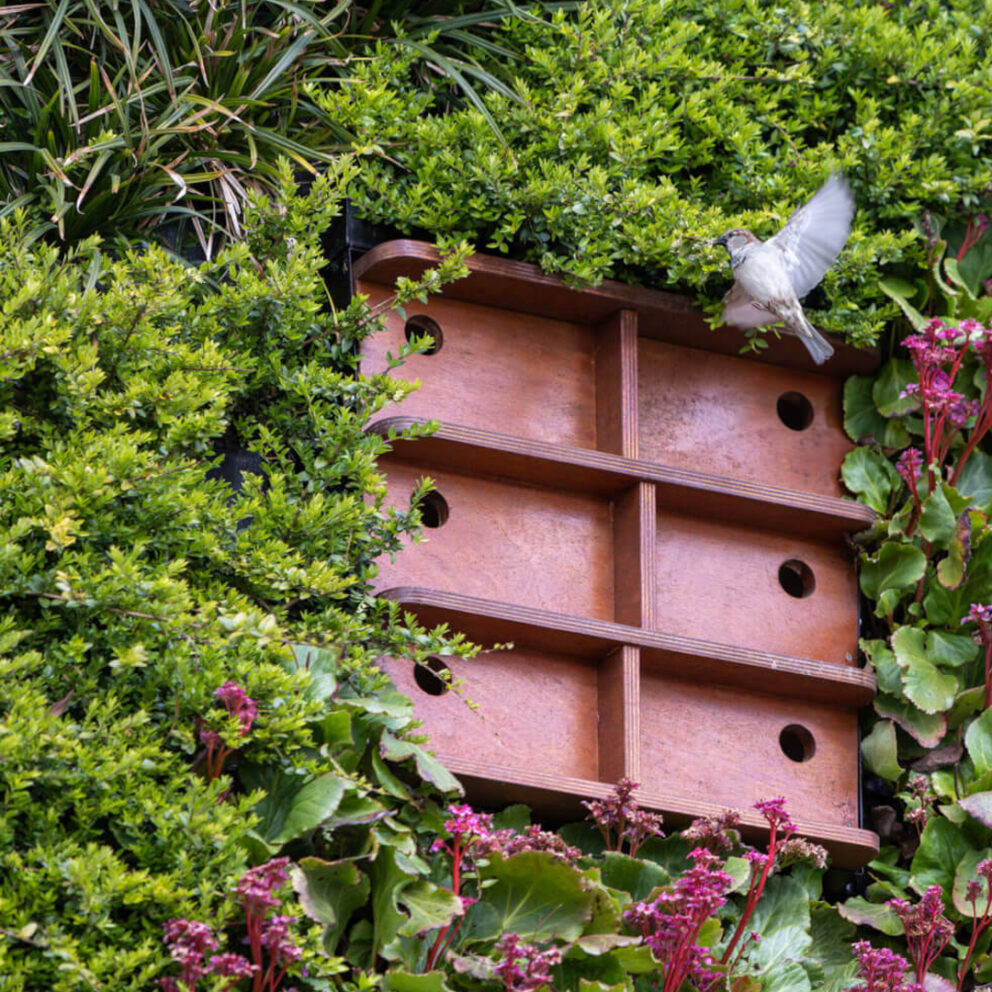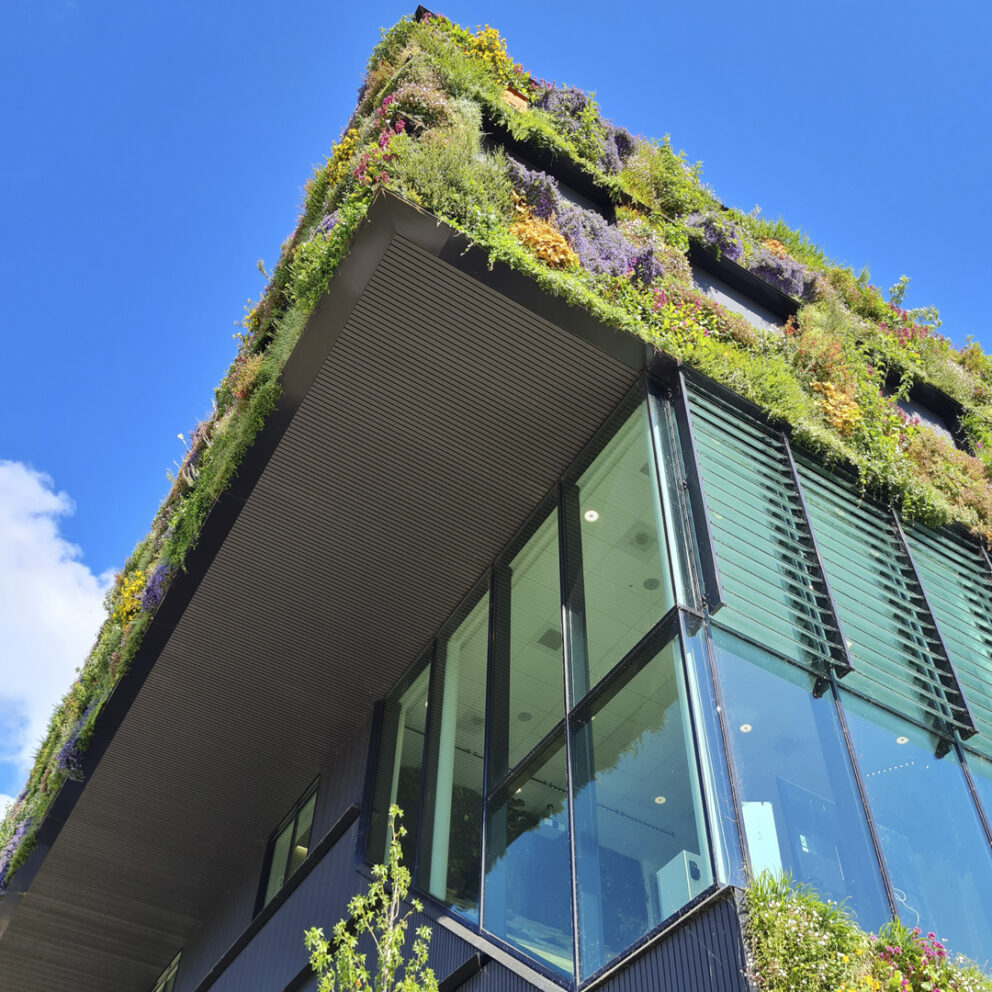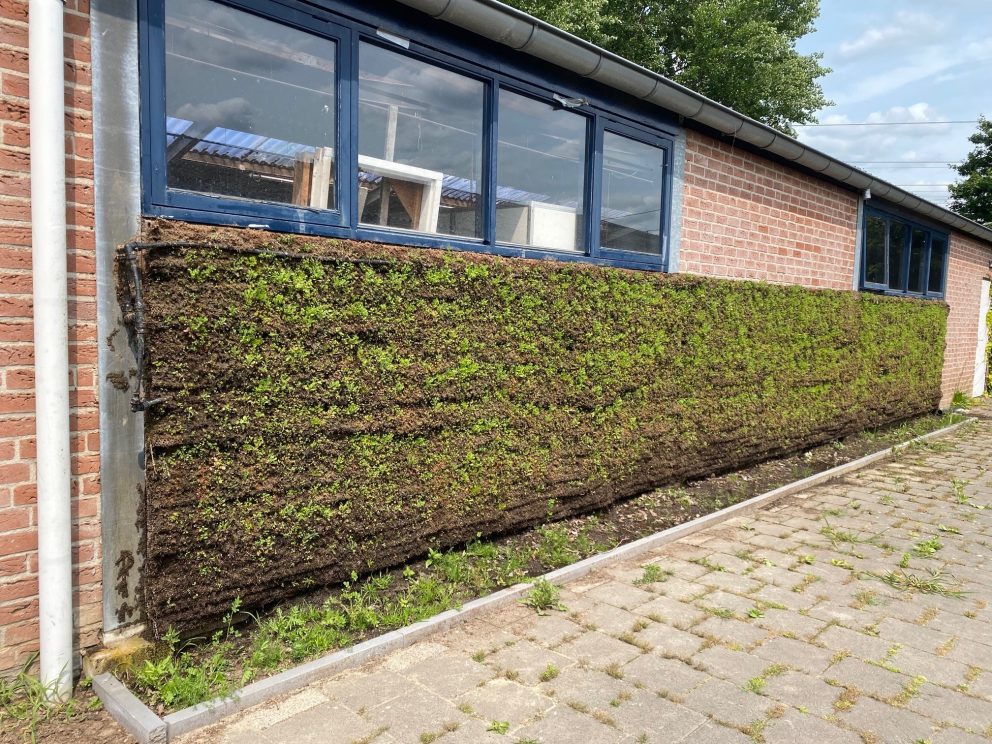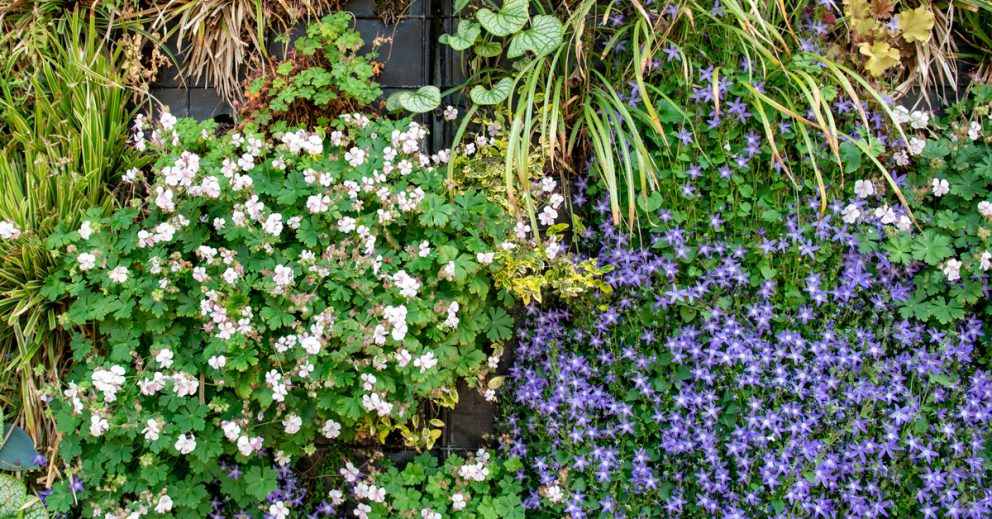In The European Platform for Urban Greening project our one main objective is to co-create relevant, innovative and attractive curriculum on biodiversity, climate adaptation and well-being in the urban, green living environment. Work has started on vertical greening as it is seen as an essential and versatile part of a new and innovative green curriculum. The vertical green curriculum and learning outcomes are now defined at EQF level 3. The work will continue on the other EQF levels and will be put into practice in a virtual curriculum during the summer 2023.
The vertical green curriculum is based on communication between municipalities, companies, employers, teachers and students and it also relies on the survey analysis on European Platform for Urban Greening project Work Package 1 where emerged different needs to the students and employees of the green sector – needs to share awareness about urban greening overall, shortage of trained professionals in urban greening, need to specialize in a particular topics in field and the need to renew the image of the green sector.
Based on these needs, Work Package 6 launched work on the definition of a vertical green curriculum and learning outcomes. Vertical/integrated green was selected as the first theme, as it is seen as a future solution in urban environments where space is limited. Vertical green solutions also provide many ecosystem services: cooling for heat island effect, balancing flood peaks, purifying air, providing oxygen, being aesthetically pleasing and adding biodiversity corridors, food, shelter and nesting places for insects, birds and other city dwellers / animals.
In addition, few people have the opportunity to work with vertical green solutions, which is why it is important to learn about these solutions in the easiest and most authentic way possible.
See the curriculum and learning outcomes here.
Topics of the Curriculum
This curriculum is on the EQF level 3 and is directed for students and employees in the field of urban greening and based on the learning outcomes there are both on-site and online learning methods in the curriculum.
The curriculum introduces learners to the following topics:
1. What is vertical green
- Understand the definition of vertical green
- Know existing different types of vertical green elements
- Recognize differences between various elements of vertical green
- Understand the basics for different elements of vertical green and why are they existing
2. How is vertical green made and managed
- DESIGN = identify and know functions for how different vertical green elements work
- BUILD = know the basics foundations and how to build different vertical green elements
- MANAGE = know the basics for health and maintenance of a living vertical green element
- Understand the choices made of plants and elements for the right purpose
- Is able to operate safely and responsibly on construction site and as part of a team
- Know how to act in a climate-responsible way
3. Why we work with vertical green
- Identify the environmental, economic and aesthetic benefits of a vertical green (includes climate adaptation, well-being and biodiversity)
The Modules of Vertical Green
It was decided to split the curriculum and learning outcomes of the vertical green into different modules in order to make learning as flexible as possible. The modules were selected on the basis of the sustainable environmental building criteria used in Finland and the team learning model, i.e. the modules function as separate modules, which can be studied in their entirety or in small parts. In addition, learning takes place when the learner understands how the individual modules link into a larger concept.
The modules of the curriculum and learning outcomes are:
- Water
- Soil/ substrates
- Vegetation
- Materials, techniques
- Energy saving, machinery
- Well-being
Through workshops, meetings and collaboration in The European Platform for Urban Greening project made progress and the learning outcomes were ready by the end of 2022.
See the curriculum and learning outcomes here.
From here, work will continue with other EQF levels and through blended learning methods, as we will next work on a virtual learning space for vertical greening. This virtual learning experience will build on the learning outcomes we have created and will allow us to study the theoretical parts of Vertical Green in a virtual space, independent of time and place. More on this later.








